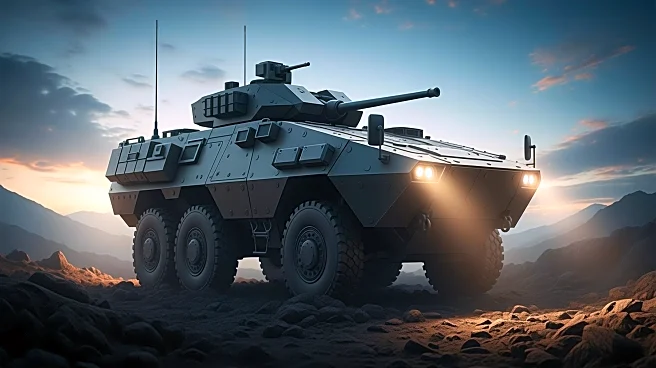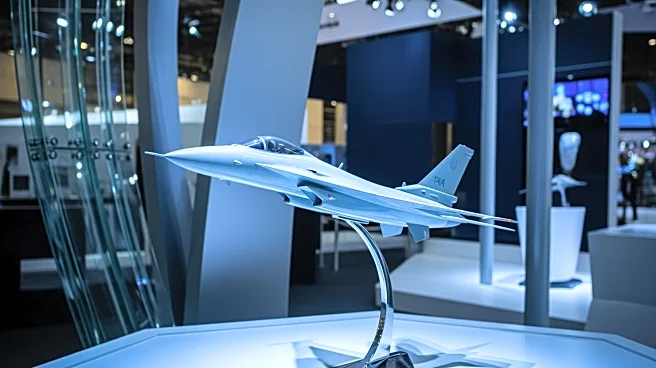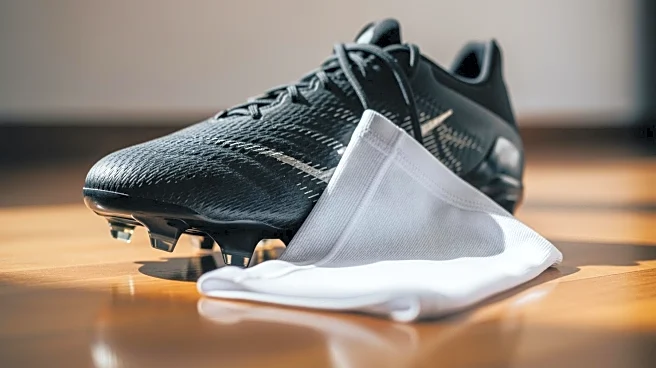What's Happening?
The Brazilian Army is advancing its armored vehicle programs, aiming to enhance its military capabilities with the induction of around 1,800 6x6 armored personnel carriers (APCs) by the end of 2025. These
APCs, known as Guarani, are developed in collaboration with Iveco Defence Vehicles and can transport up to 11 fully equipped troops. Additionally, Brazil signed a deal last year for 420 light multirole vehicles (LMVs), with delivery expected to begin in 2026. The Army is also exploring new infantry fighting vehicles (IFVs) and main battle tanks (MBTs) to fill gaps in its force structure. Meanwhile, the Army continues to operate legacy M113 A2 Mk 1 combat vehicles, integrating the indigenously developed REMAX 4 weapon system. These developments were presented at the Future Armoured Vehicles Survivability conference in London, highlighting Brazil's efforts to modernize its military assets.
Why It's Important?
Brazil's investment in armored vehicle programs is crucial for enhancing its military readiness and operational capabilities. The induction of new APCs and LMVs, along with the exploration of IFVs and MBTs, reflects Brazil's commitment to modernizing its defense infrastructure. This move is expected to stimulate economic growth through localized production and technology transfer, benefiting the domestic defense industry. The integration of advanced weapon systems like REMAX 4 further strengthens Brazil's military capabilities, ensuring better preparedness for modern warfare scenarios. These developments also position Brazil as a significant player in the global defense market, potentially influencing regional security dynamics.
What's Next?
Brazil's ongoing efforts to modernize its military assets will likely continue with the delivery of the newly procured LMVs starting in 2026. The Army's exploration for new IFVs and MBTs suggests further acquisitions and potential collaborations with international defense manufacturers. The integration of advanced weapon systems into existing platforms indicates a focus on enhancing combat effectiveness. As Brazil progresses with these programs, it may seek additional partnerships and investments to support its defense modernization goals. The impact of these developments on regional security and Brazil's role in international defense collaborations will be closely monitored.
Beyond the Headlines
Brazil's military modernization efforts may have broader implications for regional security and defense collaborations. The focus on localized production and technology transfer could strengthen Brazil's defense industry, fostering innovation and economic growth. Additionally, Brazil's advancements in armored vehicle technology may influence neighboring countries' defense strategies, potentially leading to increased military cooperation or competition. The integration of advanced weapon systems highlights Brazil's commitment to maintaining a robust defense posture, which could impact its diplomatic relations and strategic alliances.













